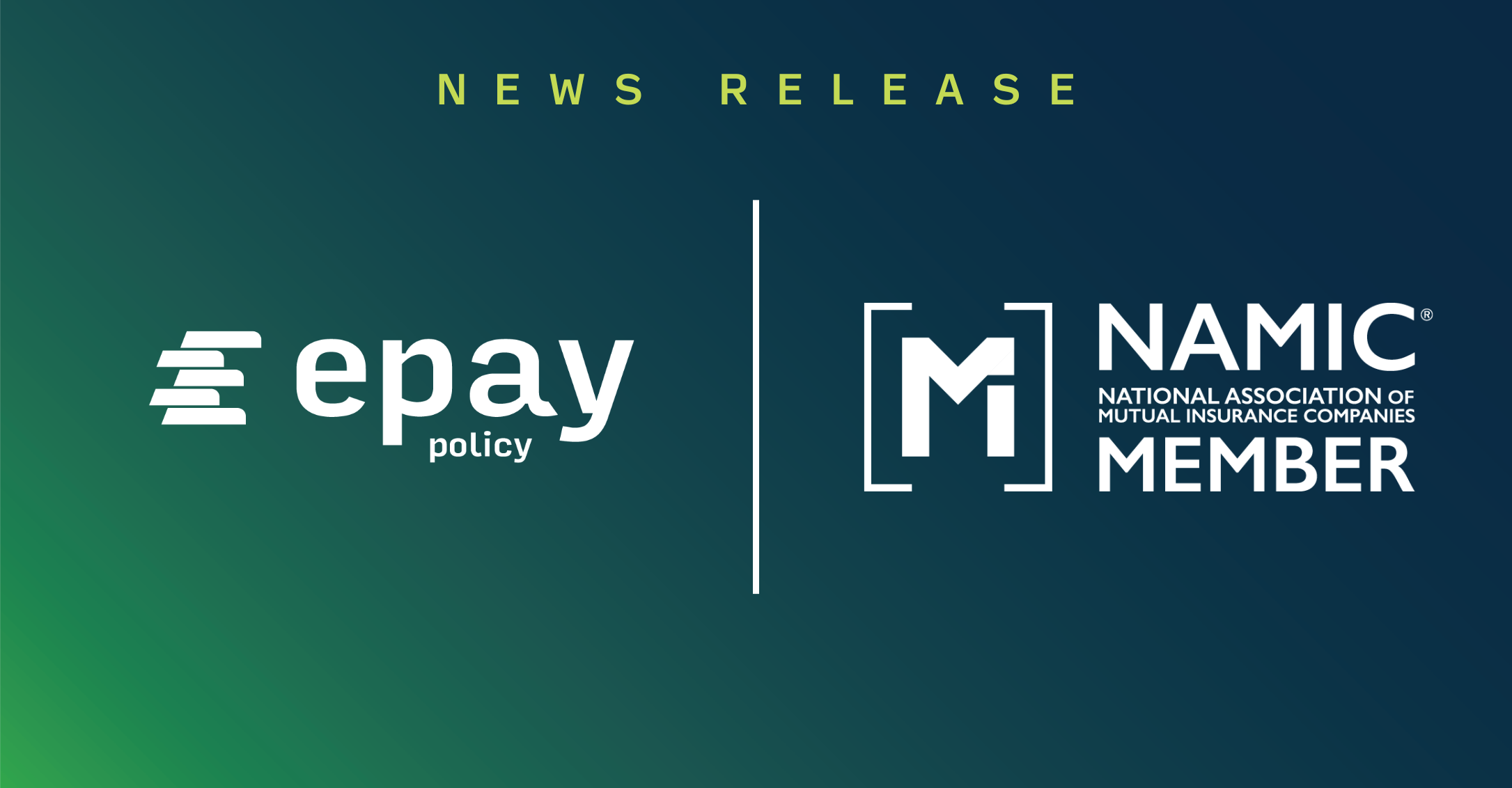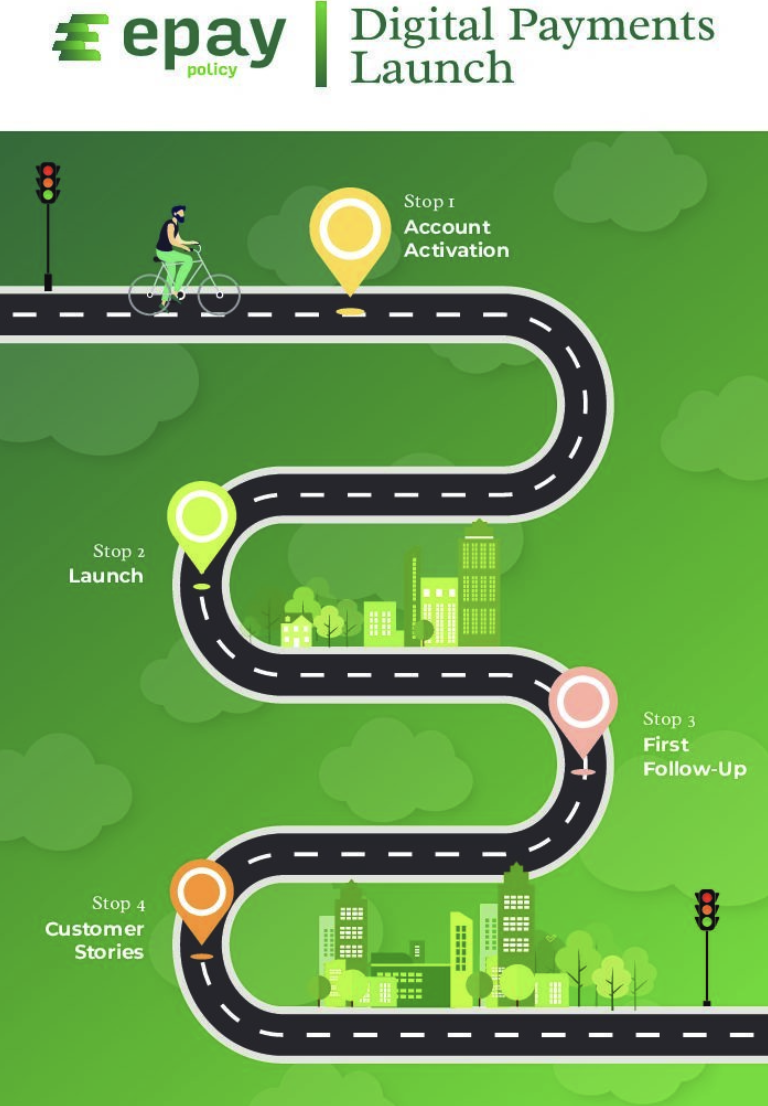Have you received a pitch deck from a potential vendor or partner, and when you open it up to the second page, you find the inevitable section labeled “About Us?”
It might have some headshots taken (somewhat) recently, or in the most dire of examples, a picture of their office. They list awards, years in business, and the word “service” is mentioned no less than 3 times.
I thought you were pitching me? What about me?
If you were to ask someone why they put the “About Us” section right there at the front, you’d likely get 2 answers:
1 – “Everyone does that.”
2 – “So you’ll know you can trust us.”
The companies that are growing and delighting customers are doing just that – taking the time to ask questions and learn the customer’s story first, and then demonstrating that they are capable partners to support the customer’s goals in that story. The order matters.
That means that on your website / flyers / emails / outbound media / etc, you don’t lead with:
- Walls of “about us” text that ask customers to learn about YOU first
- Boilerplate copy full of industry jargon that bores and confuses
- Videos that basically just reiterate all the stuff I typed above (although a video’s a little better than a text wall of pain)
In other words, you demonstrate that you understand this – the customer is the hero, and their goals are what they care about most. And you get to that point clearly and quickly.
The last decade has seen an incredible rise in “content” – information designed to educate, promote and entertain a specific audience – spread across mediums of all kinds. “More content!” seems to be the mantra of our neverending, bottomless scrolling catalogs of social, audio and visuals channels. “Content marketing” has been at or near the top of every marketing leader’s list of areas of investment for the last 3+ years.
But the rise of content – with its ever-shortening shelf-life and often hasty production – does not fill the void of good company storytelling. Brand/company storytelling ultimately speaks to 3 things:
1 – Who your customers are
2 – What problems they have
3 – How you’re uniquely suited to solve those problems
Taken to their logical ends, brand storytelling will include things like your core value proposition, unique selling points, experiences your products offer and how you’re different from competitors.
And without a clear, core brand story, you’re likely to end up with disjointed, trend-driven, and possibly shallow and ineffective content (if any).
Story comes first. But, where to start?
1 – Start With What the Customer Wants
The classic Hero’s Journey story framework suggests that a story begins when the main character – the hero, who in your case, is the customer – wants something. Charlie wants a Golden Ticket in Charlie and the Chocolate Factory. Joy from Inside Out wants Riley to be happy. Luke Skywalker wants to become a Jedi. And so on.
Your customer has sought you out because they think you have the something that helps them get what they want. And if you can articulate their problem – with empathy, perhaps better than even they can – they’ll likely trust you for the solution.
One of the great benefits of our industry is that we’re generally not that far removed from our customers. We know what they want, because we get to talk to them frequently. Pay attention to what they say when you ask open-ended questions. Very often, what they say ends up being the best and most natural marketing copy you could conceive.
It’s of critical importance that you avoid cliché here. The great Robert McKee, consultant to movie writers for generations, notes that many people begin writing “off the top of their head” when it comes time to do this work.
“And you know what’s on the top of your head?” McKee asks. “Every cliché you’ve ever heard in your life. Dig deeper.”
Practically, this means avoiding jumping right to phrases like “local, trusted, customer service, low rates” and so on – things customers have come to expect and read like white noise.
2 – Establish Credibility
If you can articulate the customer’s problem clearly and quickly, you’re on the right path. Now is the time to establish that you are the person to help then solve it.
You need to be direct, but empathetic, and make it clear that you have the necessary expertise to guide them to get what they want.
The most common references might be:
- Awards you’ve won
- Customer testimonials
- Relevant certifications or expertise citations
- Years in business
At ePayPolicy, we usually cite our 6,000 insurance customers (empathy) and our PCI compliance (authority) as a few of our credibility markers, because those two things represent approval outside of our business.
The main thing here is to determine which of the above will resonate the most with your particular customers. Using all of them is overkill. How do you know which one? Once again, just ask your current customers. They will tell you.
And a note on “years in business” – it doesn’t carry the weight that it used to. Lots of poorly run companies have been poorly run for a long time.
3 – Give Them a Path to Success
American culture so highly values personal independence and self-actualization that we often neglect something that’s very true when it comes to customer behavior: in unfamiliar situations, most people like to be told what to do.
If you’ve shown that you understand the problem (you’ve made the customer the hero) and you have the tools to solve it (your unique expertise and value proposition), then it’s time to call them to act and preview the success they’ll enjoy when they do.
Will they save? How much? Be specific. And remember savings is more than just money. In fact, quickly jumping to price comparisons alone only further undermines your expertise and puts you back in the realm of a price-shopping commodity.
What other benefits will they experience from your partnership? Or consider – what failures can they avoid? Things like compliance, unforeseen risks, etc. are worth calling out, if they apply. Don’t overdo this – people enjoy dwelling on success more than failure. But you can call it out if it’s relevant and quick to the point.
And then, just tell them what to do. “Email us, get a quote, etc.” Tell them what to do, and exactly how to do it, once you’re confident you’ve told their story well.
In Closing
Your brand story is not the same as content. Content is generally more digestible, and meant to communicate one or more specific ideas, or to entertain. This post is content.
Your brand story is the customer’s story, and when told well, invites your customer to partner with you to solve their problem and experience transformation by getting the thing that they want, or something better.
Consider the example in this video. The bag being sold is an expensive, high-quality piece of luggage. The maker could have gone on about technical features – fine leather, double stitching, warranties, and so on. But instead, they focused on the actual customer’s experience with the product, by asking the question “Why might someone want a bag designed to outlive them?”
The result is a beautiful story that connects with empathy and invites someone into something much bigger than a feature-rich commodity.




